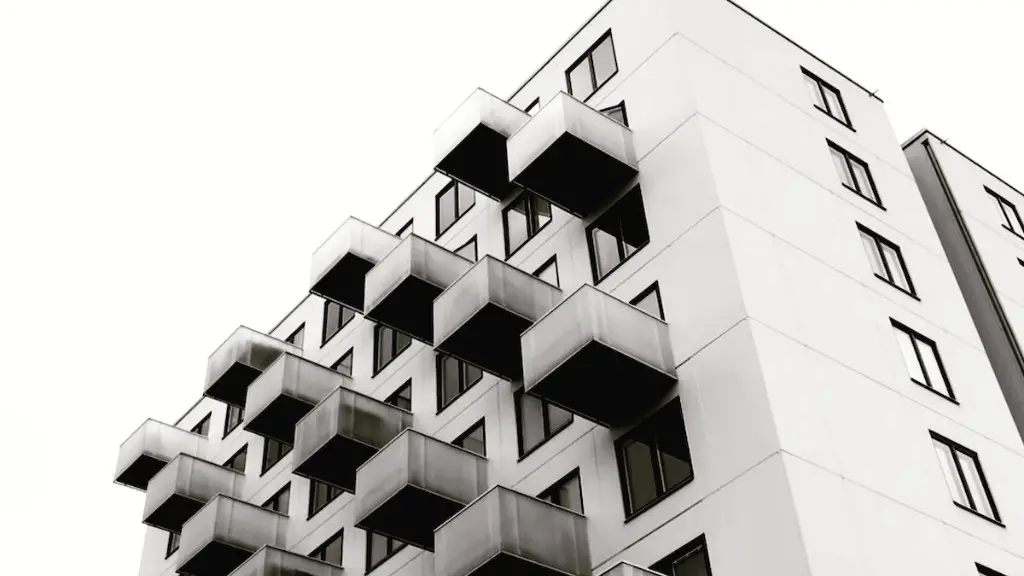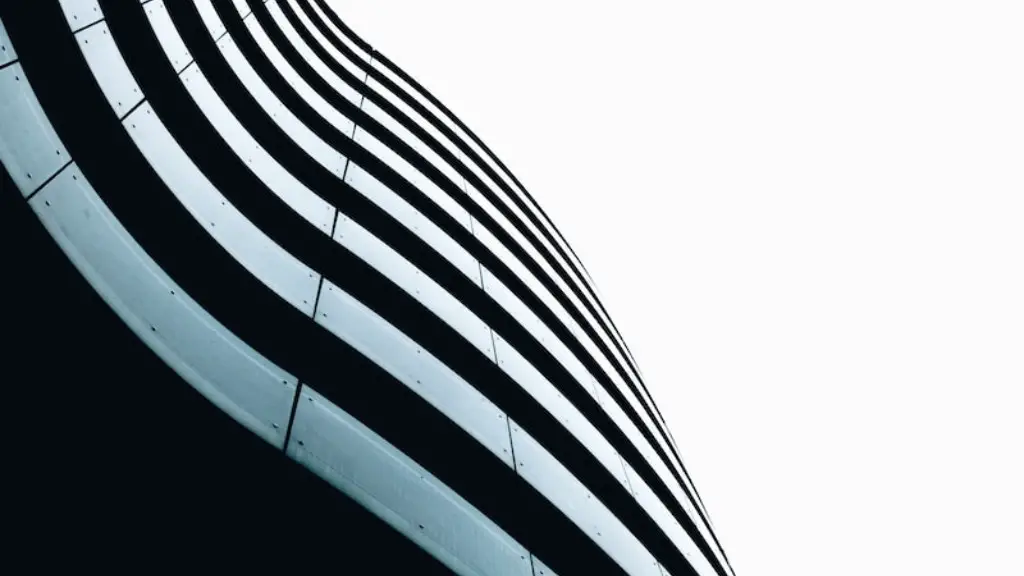Roman architecture emphasized many different aspects, but some of the most prominent were architectural order, proportion and symmetry. Roman architects were known for their efficient use of space and materials, as well as creating a sense of harmony in their buildings. Roman architecture was used not only in buildings, but also in public monuments and sculptures. The Romans incorporated elements of Greek architecture into their designs, creating a distinct style with its own unique character.
Monuments
Roman monuments often echoed the grandeur of their civilization, showcasing its power and authority in the form of towering, ornate structures. The most iconic example is the Colosseum, a massive amphitheater that was built between 72 and 82 AD and hosted thousands of people for a variety of performances and events. Additionally, other monuments such as the Pantheon and Trajan’s Column embodied the glory of Rome and had a lasting impact on the development of western architecture.
Materials
The most common building material used by the Romans was concrete, a substance that is made from lime, sand, and water and was incredibly durable and versatile.This allowed them to create large arches, domes, and colonnades that gave their buildings a distinctive look and feel. The Romans also used marble, stone, brick, and stucco, often in combination with other materials, to create aesthetically pleasing designs.
Symmetry and Proportion
Symmetry was an important element of Roman architecture, with buildings often featuring an even balance of elements on either side of a central axis. Roman architects also paid great attention to proportion, creating buildings that not only looked aesthetically pleasing, but also were harmonious and well-proportioned. The use of symmetry and proportion in Roman architecture was, in part, inspired by the Vitruvian theory of design.
Ornamentation
Ornamentation was also a major element of Roman architecture, often used to elevate the visual impact of a building. The most common form of ornamentation was the use of columns and arches, which were used to create the image of an ornate, grandiose structure. Additionally, reliefs and other forms of sculpture were often used on the walls and façades of buildings to further accentuate them.
Economical Construction
Though many of their buildings were impressive and grand in scale, Roman architects also had to take budget into consideration. As such, much of Roman architecture had to be designed in a way that was efficient and cost effective, without sacrificing the overall impact. The use of concrete, in particular, enabled them to construct buildings quickly and cheaply, while still retaining their aesthetic appeal.
Impact
The influence of Roman architecture can be seen in many of the buildings and monuments that we see today. The use of concrete and other materials, symmetry, proportion, and ornamentation are all elements that have been used to create many of the iconic structures that we see around the world. This is a testament to the lasting impact that the Roman architects had in shaping the architecture of the modern world.
Legacy
Roman architecture remains a cornerstone of design, with many of its elements having been utilized in modern buildings and monuments. It was an architecture of innovation and ingenuity that emphasized principles such as symmetry, proportion, and ornamentation to create aesthetically pleasing structures that remain timeless even thousands of years later. Roman architecture continues to serve as an inspiration to many architects and designers today, while its legacy is still very much alive.
Architects
Roman architects were highly skilled and innovative, and were among the most influential designers in history. They were adept at creating beautiful and complex buildings, often utilizing a variety of materials and techniques to craft their masterpieces. Architects such as Vitruvius and Apollodrus were among the most renowned and their influence can still be seen in the work of contemporary architects.
Innovations
The Romans pioneered many innovations in architecture, from the use of concrete for efficient, economical construction to their mastery of proportional design. The use of the arch in buildings was also a major innovation, with the Romans building the famous Aqueducts of Rome, which served as an iconic symbol of Roman ingenuity. Additionally, they developed the use of vaults and domes, which allowed them to create large, open structures of incredible beauty.
Fascinating Experiments
Roman architects and engineers conducted a variety of fascinating experiments to test their theories and assess the limits of building design. For example, they conducted checks to ensure that the materials they used were strong enough to support their buildings and experimented with a variety of methods and techniques for creating curved structures. These experiments were essential for the advancement of Roman architecture, and many of their findings remain influential today.
Reinforcement
The Romans were also keen to reinforce the strength of their buildings and often used metal reinforcements in the form of bars and clamps. This allowed them to create thin walls and columns that were strong enough to bear the weight of the building and its occupants. Additionally, the use of concrete vaults and domes allowed them to create open spaces that were resistant to earthquakes and other natural disasters.
Tools
Roman architects relied on a variety of tools and instruments in order to craft their designs. These included plumb lines, compasses, and squaring instruments, which allowed them to create symmetrical and well-proportioned buildings. Additionally, they used more complex tools such as the polygraph, which enabled them to create curved walls that were strong and aesthetically pleasing.
Adoption
Roman architecture spread across the world, being adopted in various forms in cultures of the Middle East, North Africa, and Europe. The influence of Roman architecture is evident in many of these regions today, from the mosques in Turkey to the churches in Spain. This demonstrates the incredible reach of Roman architecture and its ability to adapt and flourish in different cultures and contexts.



